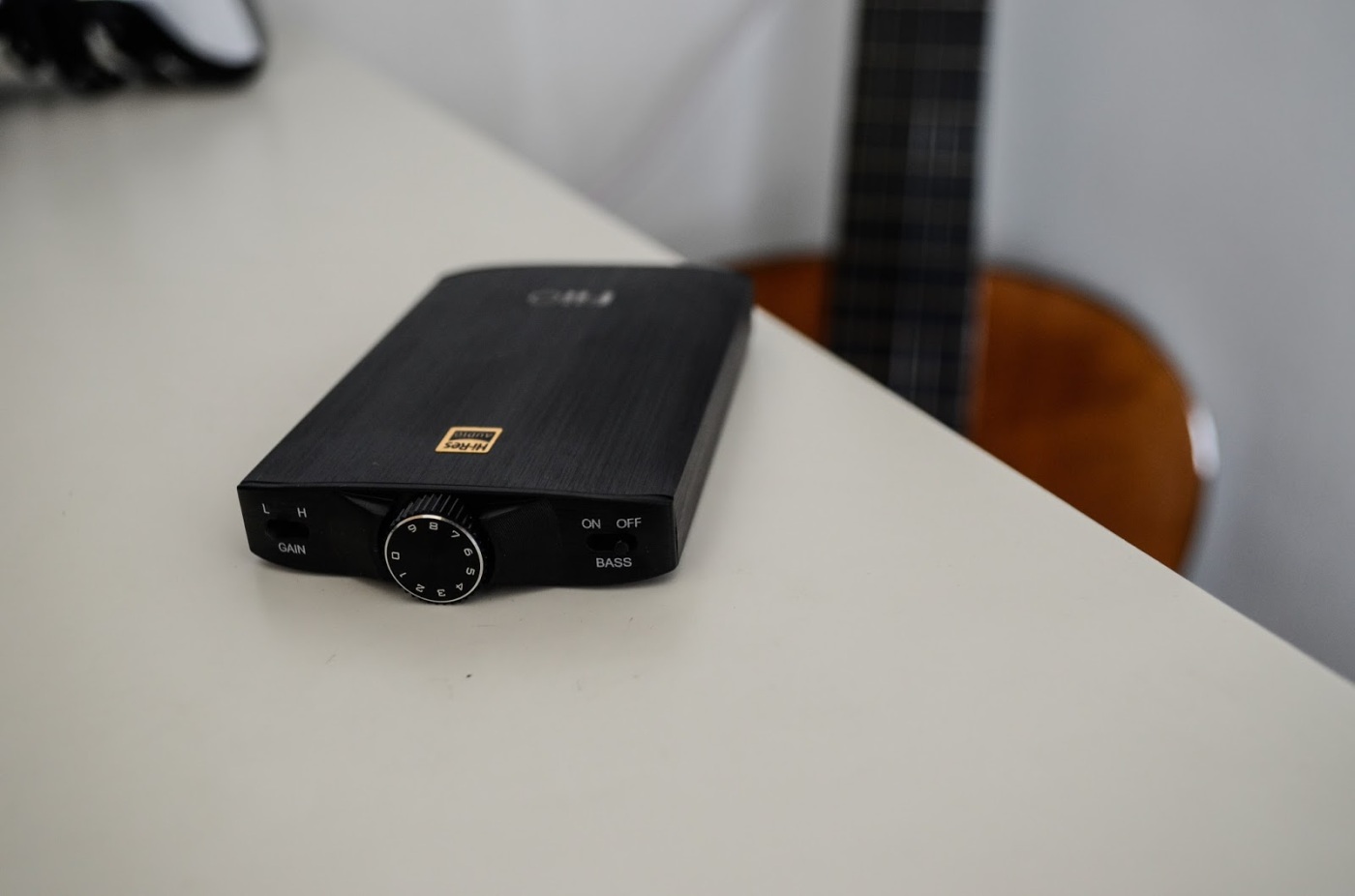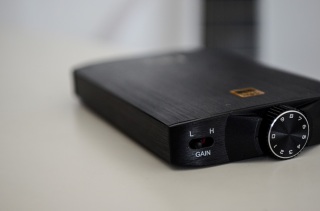
Disclaimer: I am not affiliated to Fiio in any way and do not benefit monetarily or in any other form for writing this review. I purchased this in-ear monitor with my own resources and I am simply giving my honest review of the product!
Review by: “Charlie” from The Little Audiophile
Fiio. A company that has really made a name for themselves in the audio industry. Their X-series of DAPs has been making big waves in the audio world for their high quality players that does not cost a kidney and a liver. Fiio’s A-series of Amplifiers are again, known for their excellent price to performance ratio. Today I will review the Fiio A3, which is the company’s mid range portable headphone amplifier. With the MSRP of just under S$90, this amp delivers, just without the massive price tag.
FEATURES

The Fiio A3 features a 1,400mAh battery, rated for 16 hours, a Low and High gain setting and a nice Bass Boost function. It has a very low output impedance of <0.2 ohms and Fiio recommends pairing the Amp with headphones with impedance ranging from 16-150 ohms. I know… these are all just numbers and specs where you can read online. But I’ll explain more on these features throughout the course of the review.

AUDIO QUALITY
Right. Firstly, lets talk about audio colouration when using this Amp. Luckily, the Fiio A3 is mostly neutral and transparent throughout the frequency range when Bass Boost is turned off. Which is good because an Amplifier’s main purpose is to deliver more power to the headphones and not modify the sound signature in any negative way.
Music sounds richer and more immersive even, when I use the Fiio A3 with Bass Boost on. The music seems to be more intimate, while soundstage on certain headphones, seem to expand. It is honestly hard to put in words what I am hearing. It is like tasting fresh milk when you have been drinking low fat milk all along, and now you don’t wanna go back. It is something like that…
Anyways, the Bass Boost function gives aoughly a 4dB increment in approximately the mid-bass region at 50Hz which as mentioned, helps in making the experience more immersive. It is good to note that this increase in bass does not muffle the mids, which in turn means that vocals remain clear even though the bass is emphasized. However with Bass Boost on, sound stage seems to narrow down a little.
Now, the A3 definitely isn’t the end game in the headphone amplifier market. It too has it’s downsides and to be fair, I’ll have to talk about the not-so-good parts of the Fiio A3. Here goes.
Bassy headphones suffer from very mild Static like/Distortion(y) sound in the low bass to low mid-bass region when Bass Boost is on and when listening on average volume with the dial turned to 6 and my source at 50% volume. I first noticed this when listening on my Massdrop x Nuforce EDC where the low and low mid-bass(es) sometimes sounded unstable and there was a little bit of growling-like noises.
The A3 does sometimes exhibit very soft static noises in between changing tracks that does not affect the music when it plays, but I think it is a good thing to note.
One last boo-boo about the A3 is channel imbalance on low volumes. When the dial is set under 2, the left channel is obviously louder than the right channel. However in it’s defense, I never actually listen on such low volumes anyway. With low gain, my volume dial is usually set within 5 to 7, depending on the track, ambient noise and headphone used. At such settings, the channels seem balanced enough.

USER EXPERIENCE
As important as sound quality is, the user friendliness should not be forgone, such that the user would even bother using them. These are my thoughts on what I liked and disliked about this amplifier.
First off, I really liked the Analog dial that the A3 uses. It allows for a better control over listening volume.
Secondly, Fiio decided that changing the issued 6 rubber feet to 2 white translucent rubber pads is more feasible. This I wholeheartedly agree, considering that the Fiio A3 is a portable amplifier, and would be stacked with a phone, DAP or perhaps even a DAC most often. It prevents scratching of it’s “other half” and makes stacking so much easier.
Thirdly, I had wished for different coloured indicator lights to . Perhaps blinking red for charging, steady green for charged, steady blue for normal operation and steady red for errors instead of slow blinking, rapid blinking and steady blue for its status indicator.
Lastly, I had wished that Fiio used a 1/4 inch jack for output instead of a 3.5mm jack, just like the one that the iFi iCan Nano sports. It would open up that many more options as for headphone pairing. However with the compactness of the Fiio A3, a larger jack might not be possible and I might just be being nit-picky here.

CONCLUSION
I believe that the Fiio A3 is an excellent performer for its price range and comes with a limited, but well thought out set of accessories.

I have personally tried the Fiio A5 which comes in at a significantly higher price at $199 at the point of writing this review but I could not hear any significant improvements in sound over the A3 despite it’s better specifications. The iFi iCan Nano is another amplifier that I had the chance to audition, and yes, they definitely trump the Fiio A3 slightly in terms of audio clarity, but do bear in mind that the iCan Nano comes in at S$259, which is nearly three times the cost of the A3! I love the iCan Nano’s performance but I personally and most certainly cannot justify the price. It is without doubt good. But not like three times as good. I always keep this mentality before I make a purchase, that is “specs are just specs. In practice things are different. And that is what is most important.” For the average user or even the audio enthusiast, the A3 is very user friendly, extremely compact and very well built and it sounds awesome! The power output is adequate for most headphones up to 200 ohms to get to a decent listening level.
The Fiio A3 pairs very well with my Astell and Kern AK Jr and does really help liven up the bass region in my music. In closing, I believe the Fiio A3 might be the amplifier for you if you are looking for an amplifier with a excellent price to performance ratio and do not wish to bottleneck your “mid-fi” audio equipment.

Do check out our WordPress site at https://thelittleaudiophile.wordpress.com/ for more reviews!
















































































